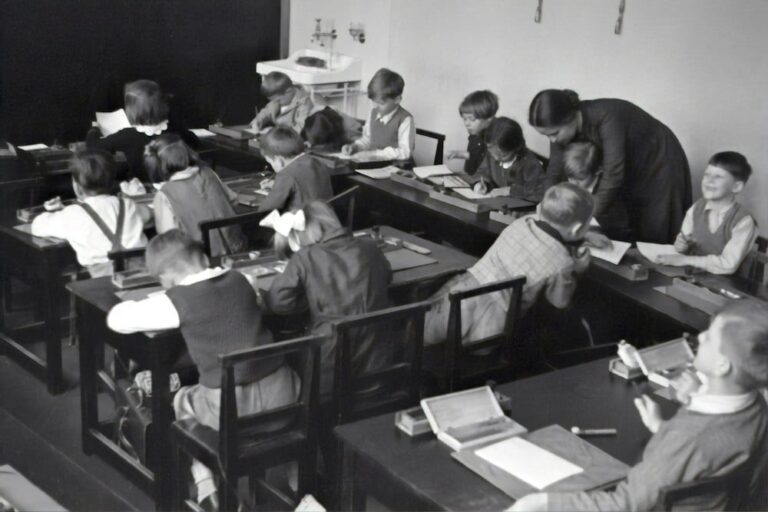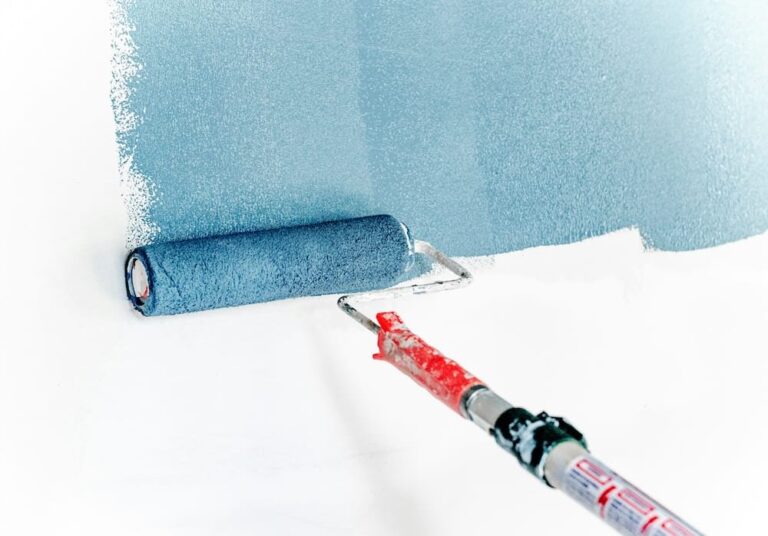faire voir
The French phrase faire voir literally means “to make see.” It combines the verb faire (to make, to do) with voir (to see). Its core idea is causing someone to see something—whether literally, figuratively, or idiomatically. The expression is widely used in both formal and informal French, often with meanings extending beyond its literal sense.
1. Literal sense: to show or display
In its most direct sense, faire voir means “to show” or “to let someone see.” It is similar in meaning to montrer, though faire voir can sound slightly more formal, old-fashioned, or deliberate.
Examples:
- Fais-moi voir ta nouvelle voiture. – Show me your new car.
- Je vais te faire voir les photos du voyage. – I’ll show you the photos from the trip.
- On leur a fait voir le chantier. – They were shown the construction site.
In many contexts, montrer could easily replace faire voir: Fais-moi voir ta bague ≈ Montre-moi ta bague. However, faire voir emphasizes the act of making someone see, rather than simply presenting something.
2. Figurative sense: to demonstrate or prove
Faire voir can also mean “to demonstrate,” “to make evident,” or “to prove.” It is often used in more formal or written French.
Examples:
- Cette expérience a fait voir les limites de la théorie. – This experiment showed the limits of the theory.
- Il a fait voir qu’il était capable de diriger une équipe. – He showed that he was capable of leading a team.
- Cela nous fait voir combien il est difficile de prévoir l’avenir. – This shows us how hard it is to predict the future.
3. Passive or reflexive constructions
When used in the passive (se faire voir), the phrase takes on new meanings.
a. To make oneself seen / to appear
- Il s’est enfin fait voir au bureau. – He finally showed up at the office.
- Elle ne s’est pas fait voir depuis des semaines. – She hasn’t been seen for weeks.
b. To be noticed (sometimes undesirably)
- Ne te fais pas voir ! – Don’t let yourself be seen!
- Ils se sont fait voir en train de tricher. – They were caught cheating.
c. To be exposed or revealed (figurative)
- La vérité finit toujours par se faire voir. – The truth always ends up showing itself.
4. Idiomatic and colloquial uses
In spoken French, faire voir can carry idiomatic meanings that depend on tone and context.
a. To teach someone a lesson (informal, sometimes aggressive tone)
- Je vais lui faire voir de quel bois je me chauffe ! – I’ll show him what I’m made of!
Here, faire voir implies “to make someone experience” or “to teach someone a lesson.”
b. As a retort: “We’ll see about that”
- Tu crois que tu vas gagner ? – On va te faire voir ! – You think you’ll win? We’ll see about that!
This is colloquial and often slightly threatening or mocking.
c. Polite or slightly old-fashioned offer to show something
- Je vais vous faire voir le chemin. – I’ll show you the way.
- Venez, je vais vous faire voir la maison. – Come, I’ll show you the house.
5. Contrast with related verbs
- Montrer is the direct and most neutral term for “to show.”
- Faire voir can sound more formal, deliberate, or old-fashioned, especially in writing.
- Faire découvrir emphasizes making someone discover something new.
- Faire observer or faire remarquer mean “to point out” or “to draw attention to.”
Summary
- Faire voir literally means “to make see” and usually translates as “to show.”
- It can mean “to demonstrate” or “to prove” in formal contexts.
- The reflexive form se faire voir means “to appear,” “to be seen,” or “to get noticed.”
- In informal speech, it can carry idiomatic meanings like “to teach someone a lesson” or “we’ll see about that.”
- Montrer is its most common modern equivalent, but faire voir remains widely understood and used in both speech and writing.






